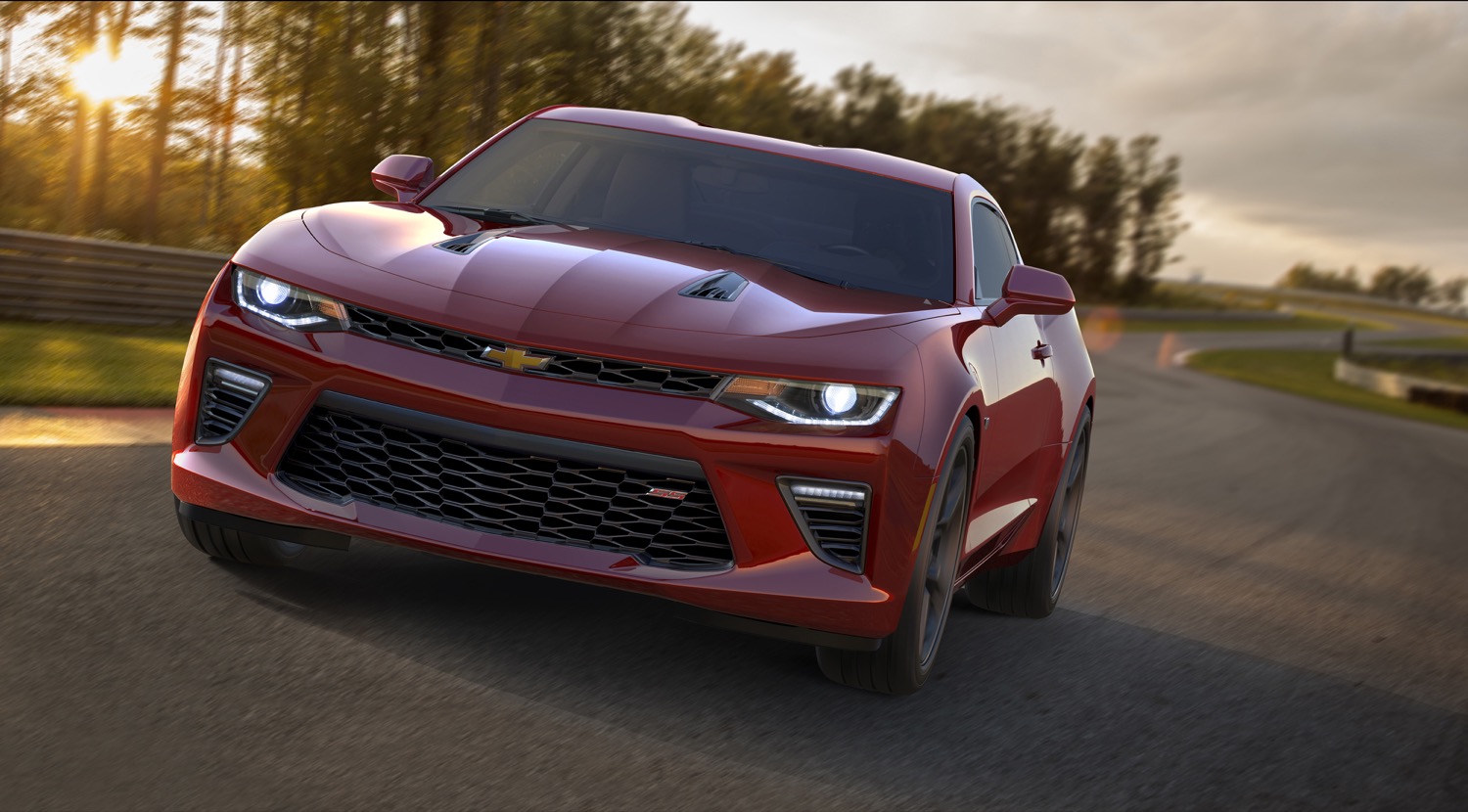2021 Volkswagen ID.4
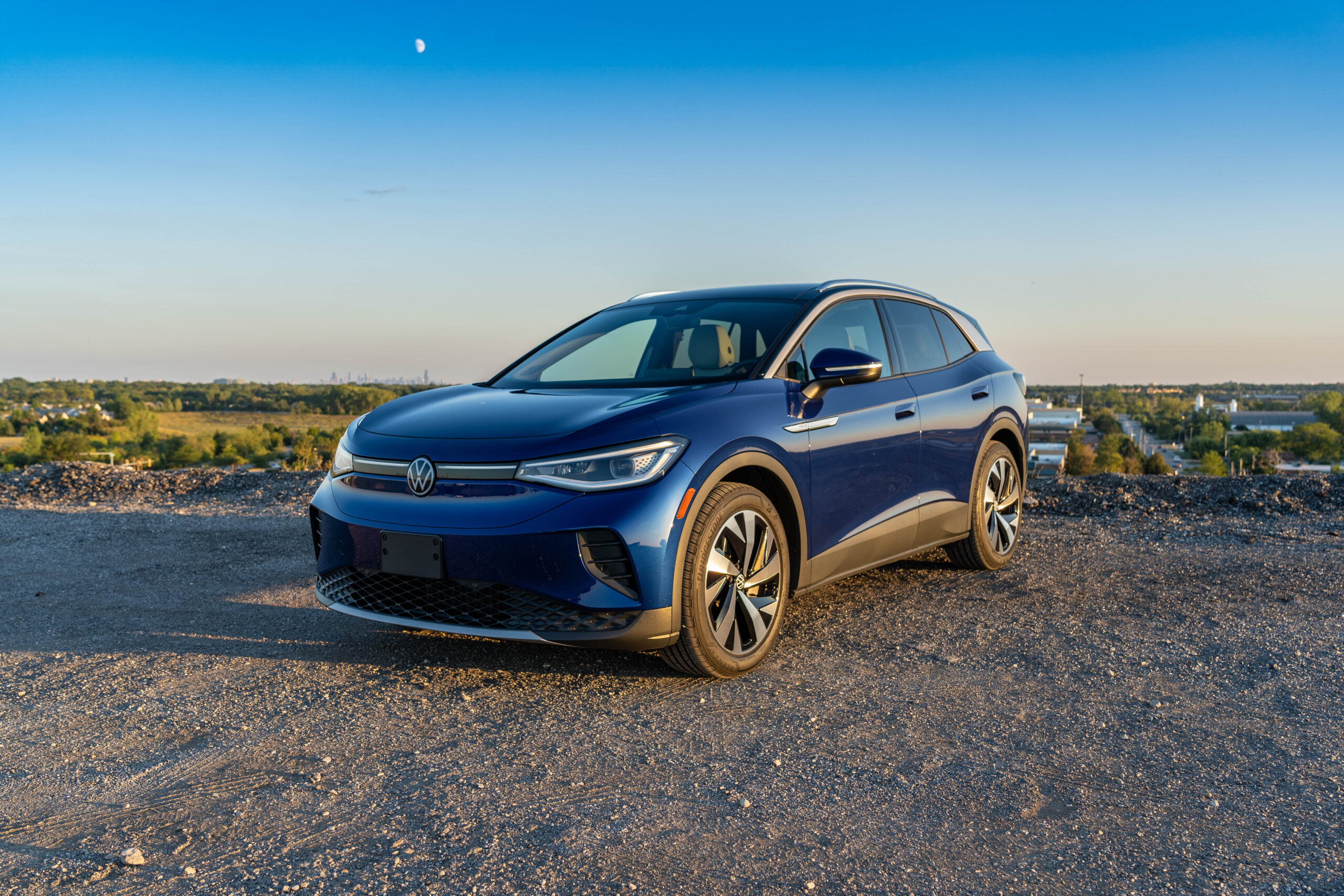
Electrification is Coming!
Paul Revere’s midnight ride famously warned of a pending danger to the American colonists. “The British are coming!”, he shouted from his horse. I don’t have a horse, but I am shouting all the same: “The electric cars are coming!” This time, though, it’s not an impending danger, it’s more like an FYI. There have been electric cars before in the modern era, from GM’s EV1 to the Nissan Leaf to Tesla, but thus far they’ve been relegated to a small fraction of new car sales in the U.S. – just 2.2% of 2020 cars sold were EVs. The VW ID.4 aims to change that by taking the BEV (battery electric vehicle) mainstream.
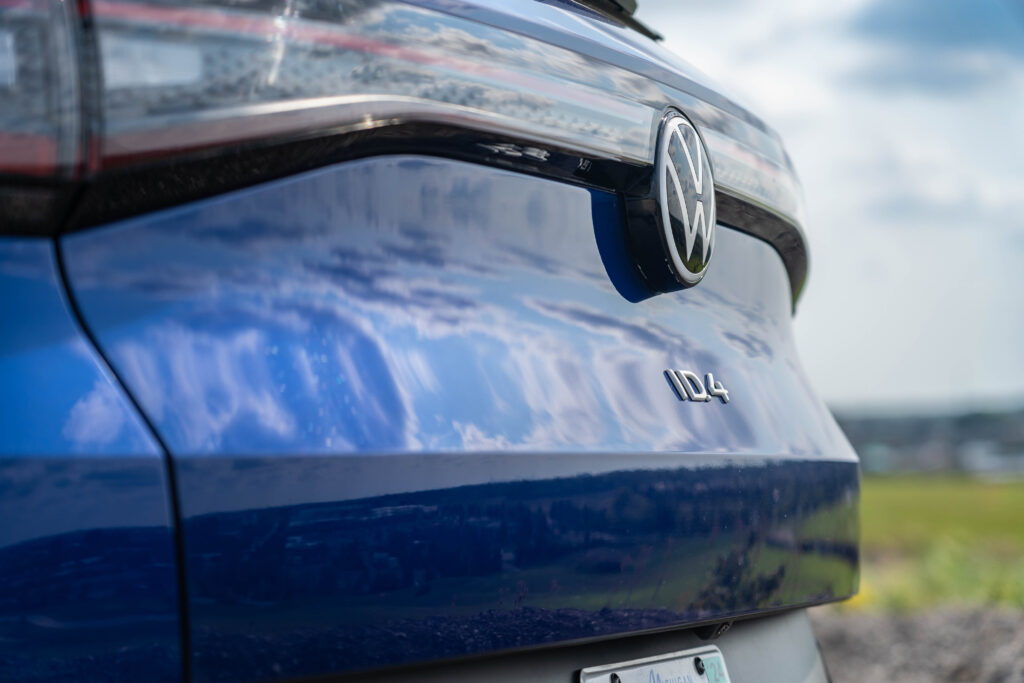
You see, the ID.4 is an electric car for people who don’t really want an “electric” car, they want a car that happens to be electric. Until now, most electric cars and even hybrids have had “the look”. Take the Toyota Prius, the first mainstream hybrid-electric vehicle. It looked like a futuristic spaceship on wheels when it was first introduced here in 2001. The ID.4 looks a lot like what you’d expect a 2021 crossover to look like, and therein lies the reason for its success. Buyers who want the benefits of an electric car but not the “look at me” styling will gravitate towards the ID.4. So will buyers who can’t bring themselves to trust a start-up company with a less than complete dealer network, like Tesla.
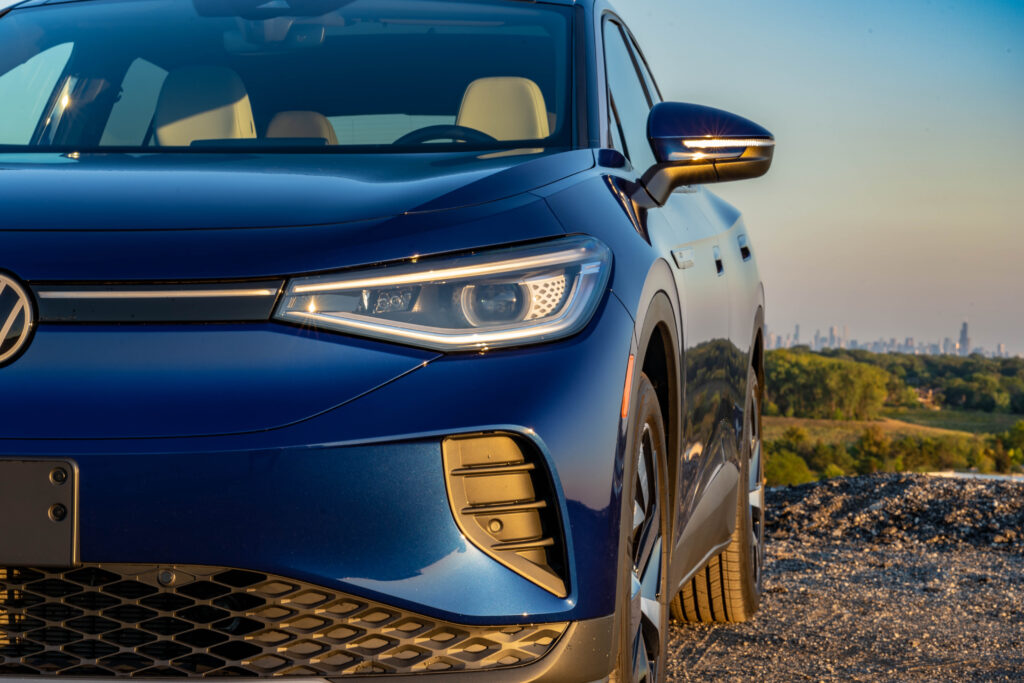
The formula has worked well. The ID.4 is now the fastest-selling VW in its lineup and is second only to Tesla in BEV sales, capturing 9% of the BEV market. For a vehicle that went on sale here just over a year ago, those are impressive figures. But brand name and styling aside, there are plenty of other reasons the ID.4 has done so well – this is a seriously good vehicle.
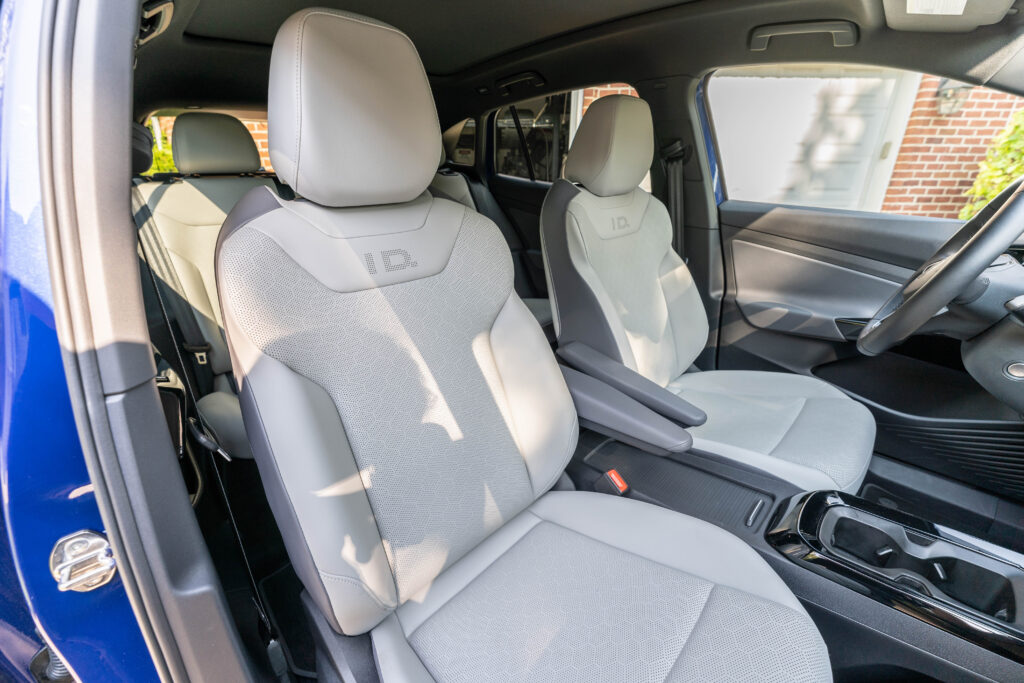
Our week-long test vehicle was the rear-drive, single-motor Pro S top-level trim that produced 201hp and 260 miles of range. We also spent some time in the new AWD Pro S which adds an additional electric motor, upping horsepower to 295hp with range only dipping to 249 miles. Approach either ID.4 with a key in hand and the vehicle unlocks for you. Step inside and twist the futuristic-looking gear shift forward and away you go – no need to “start” the car. The ID.4 knows when you’re coming – and going: when you’re done, just press the park button at the end of the stalk, get out and walk away. It’ll even lock up after you. Regenerative braking is also handled by the same stalk, just twist forward again to toggle that feature, which doesn’t quite allow full one-pedal driving but comes close (it won’t bring you to a complete stop without stepping on the brakes).
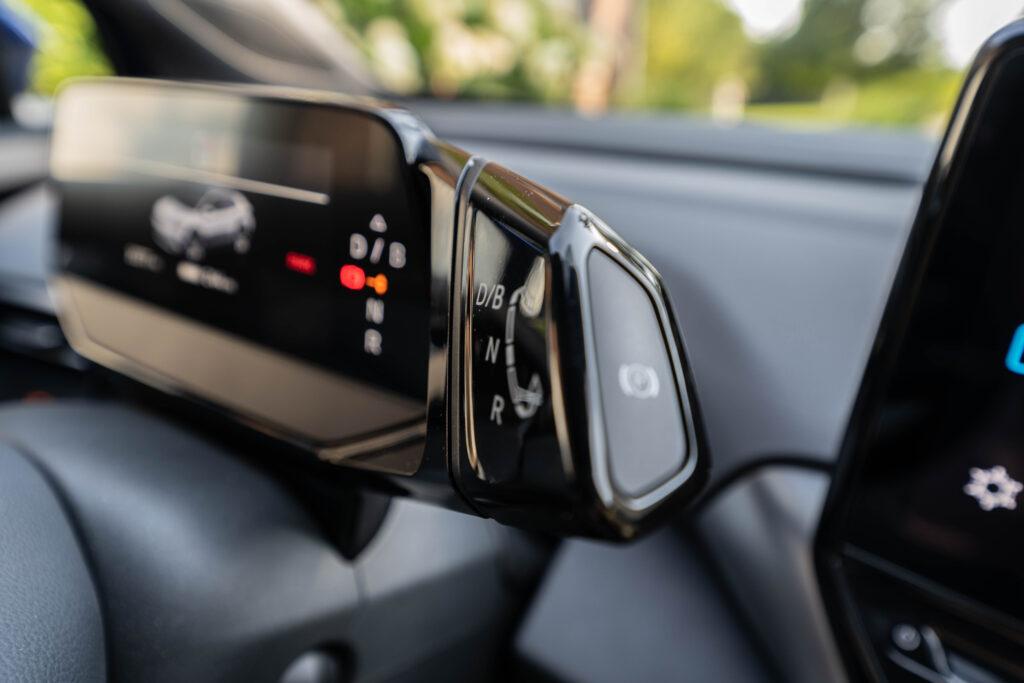
If you’ve driven a VW lately, then you’ll know what to expect from the ID.4. Suspension is firm, but not harsh, steering is responsive but not twitchy, and the whole package tells you “I’m ready to drive.” While acceleration in the rear drive ID.4 won’t take your breath away, it is very adequate to get into traffic, with a sprint to 60mph taking 7.6 seconds. That drops to a claimed 5.4 seconds with the AWD variant, but we could only achieve six seconds flat in our test vehicle. Either way, power delivery is smooth and instant, just don’t expect to show up your neighbor’s Corvette.
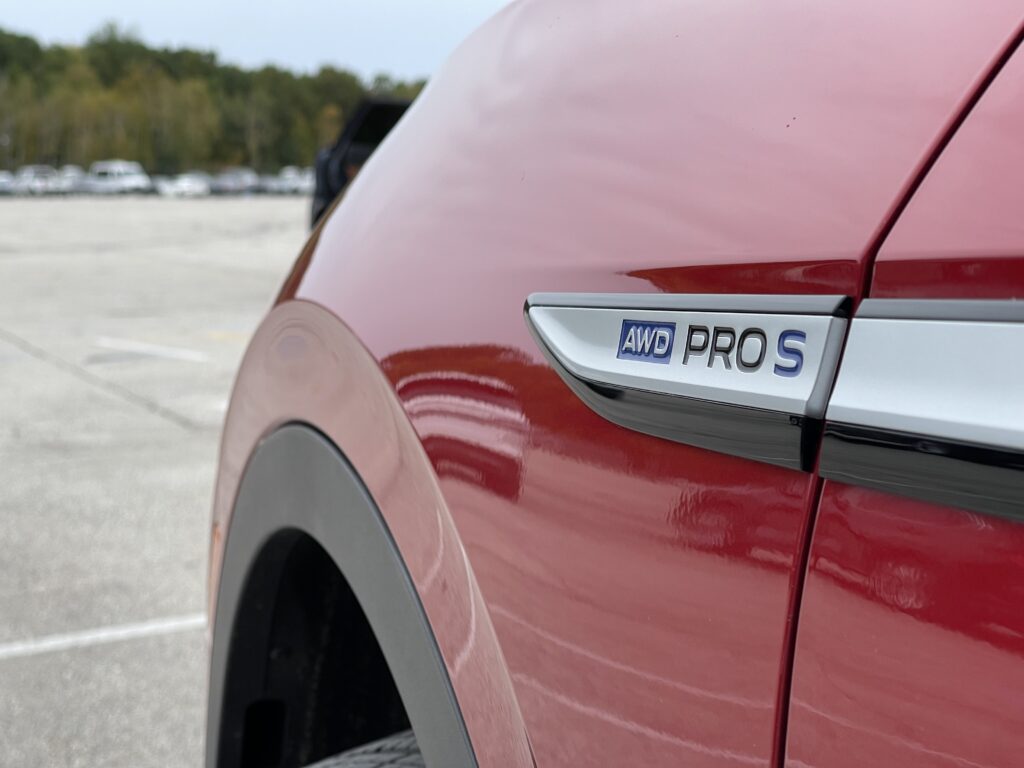
With no noisy internal combustion engine under the hood, the ID.4 is quietly smooth. The only thing you’ll hear other than your chosen playlist from the wireless CarPlay or Android Auto is some tire noise and a little wind. The 12” infotainment screen is responsive and houses many of the vehicle’s controls. Swipe your finger along a narrow channel sensor in the headliner and the cloth headliner disappears to reveal a full-length glass roof. There’s room a-plenty inside the ID.4, but not under the “hood”. Where other electrics have “frunk” storage, Volkswagen uses that space to store air conditioning and other non-propulsion systems but doing so provides more interior space. Out back, there’s plenty of room in and beneath the actual trunk, and beyond that you’ll find cupholders, USB ports, wireless charging for your phone and more.
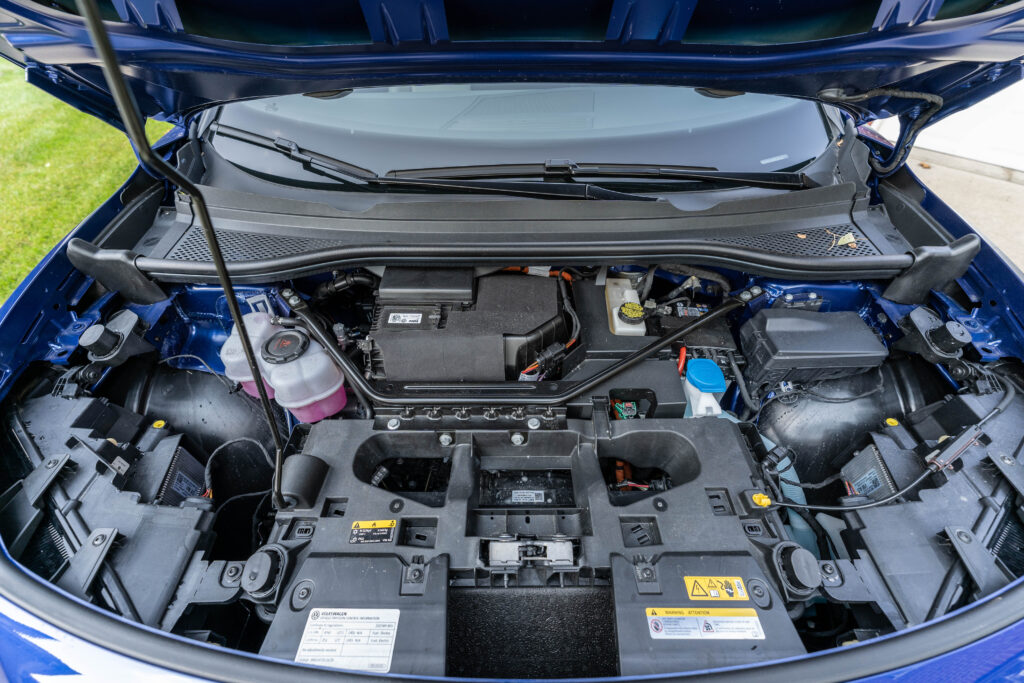
Volkswagens are also known for their value, and here the ID.4 really shines. The AWD Pro model starts at $43,675, undercutting a comparable Ford Mustang Mach-E by almost $2,000. With the $7,500 federal tax credit, you can pick up an ID.4 with AWD starting at a net $36,175 making this the most affordable AWD electric vehicle sold in the U.S. For our money, we would spend a little more and go with the Pro S (“S” for “Statement”) model, which gives you a larger center display, the fixed-glass pano-roof and more. With the tax credit, the Pro S will only run you $40,675. Tesla, which as a brand no longer qualifies for the federal tax credit, will give you 77 more miles of range in their Model Y, but at a cost of $54,000 – considerably less bang for your buck. While current ID.4s are built in Germany, production moves to Chattanooga, Tennessee next year.
If you’re ready to hop on the electrification train with as little fuss and fanfare as possible, then the ID.4 might just be your first step into the future of EVs – it’s a safe bet!


